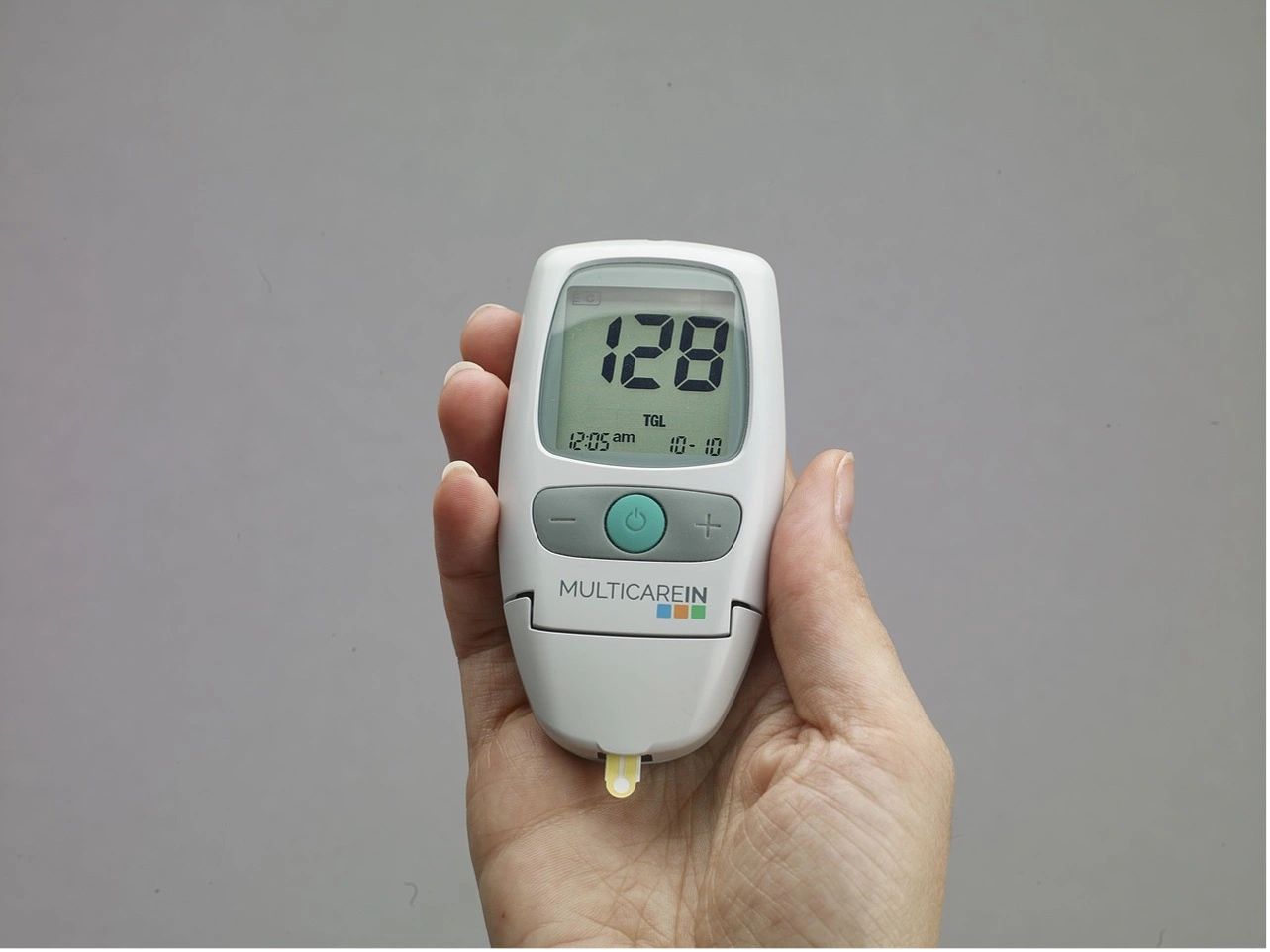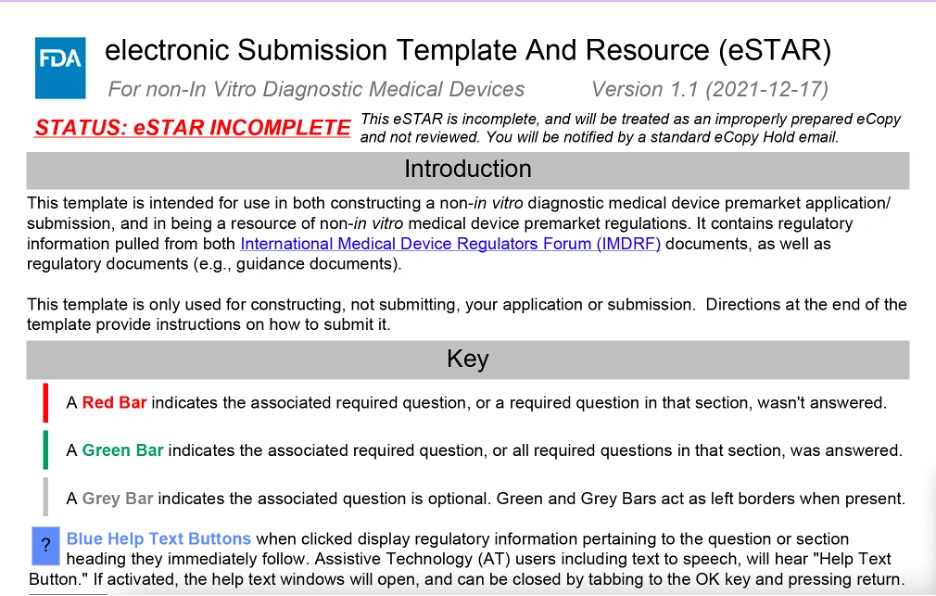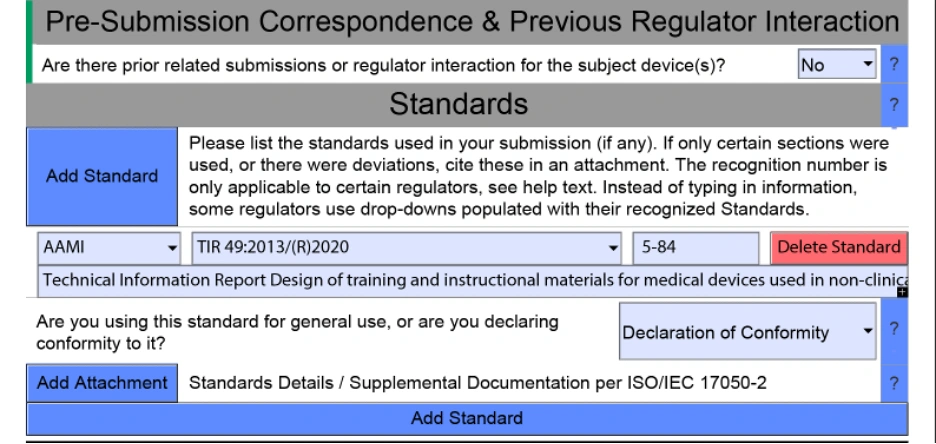
The FDA’s electronic Submission Template and Resource (eSTAR) program currently supports medical device submissions for 510(k) clearance or De Novo evaluation. The program is voluntary, but these templates will be mandatory once the FDA publishes an adoption timeline. Templates are available for in vitro diagnostics and other types of devices. They provide a valuable checklist for companies to gather requirements and measure progress toward submission. Learn more about the program’s history and how to use the templates in this article. In addition, the amended FD&C Act requires the agency to provide an electronic submission format for other device pathways, including premarket approvals PMAs. Let’s hope we see more templates soon!
Founders and investors often share their concerns with me about the regulatory approach for their new medical devices. Among the many potential pathways, submission for 510(k) clearance is common, and De Novo requests are picking up steam. Often the next most pressing question is what to include in the application. Fortunately for all, the FDA has created a program with two excellent templates that decreases submission preparation complexity. That program is the electronic Submission Template and Resource (eSTAR) program, currently available for 510(k) and De Novo applications, and we’ll take a look at it in this article.

(Photo courtesy of liberatori on Pixabay.)
Let’s start with some background for the program. In the 2012 Food and Drug Administration Safety and Innovation Act (FDASIA), Congress amended the Food, Drug and Cosmetic Act (FD&C Act) to add a requirement for electronic regulatory submissions of drugs and medical devices under section 745. The FDA Reauthorization Act of 2017 further amended section 745A(b) to add electronic device submission standards and a timetable for guidance on those standards. That timetable required the issuance of the first draft guidance by 2019. The parent electronic submission guidance for devices, Providing Regulatory Submissions for Medical Devices in Electronic Format – Submissions Under Section 745A(b) of the Federal Food, Drug, and Cosmetic Act, was issued as a draft in 2019 and is now in final form. In this guidance, the Agency shares this conclusion: “it is not feasible to describe and implement the electronic format(s) that would apply to all the submissions covered by section 745A(b)(3) in one guidance document.” That’s certainly an understatement! Page four of this document lists eleven types of submissions that must be submitted solely in electronic format under 745A(b)(3). Therefore, this master guidance describes how the FDA will meet the requirements of the law by issuing guidance documents for each required submission. The first of these guidance documents is for a 510(k) eSTAR submission, published as a draft in September 2021.
In an early approach to electronic 510(k)s, the FDA launched the Quality in 510(k) Review Program Pilot, which featured the eSubmitter tool for some traditional and abbreviated 510(k) electronic submissions. Frequent readers will recall that my thoughts on that tool from this 2018 blog post. The FDA concluded this pilot program in May 2021 and removed the eSubmitter template for 510(k)s. (Side note: the eSubmitter tool is still available for certain types of submissions.) The FDA launched the next step in electronic 510(k) submissions, the eSTAR program pilot, in February 2020. This program enrolled a select set of participants to provide feedback on preparing 510(k) submissions. Unfortunately, the pilot program is no longer accepting participants. Per the draft guidance, the FDA intends to announce when electronic 510(k) submissions are mandatory by September 30, 2022; however, sponsors may voluntarily create device applications using the eSTAR templates. De Novo submissions will remain voluntary until their guidance issues.

There are multiple benefits to using these templates to create a submission. The FDA used feedback and experience from the eSubmitter tool during development, which results in many of the same benefits. These include form automation, integration of resources like guidance and databases, and help in constructing each submission section. Second, the content and logic of each template match the CDRH reviewer templates, facilitating review and giving sponsors confidence their submissions are complete. Third, using a software application familiar to many (Adobe Acrobat) makes the templates available on mobile devices, simplifies creating supplements and amendments, supports images, messages with hyperlinks, and other dynamic functions, and minimizes the FDA’s training and support overhead. Finally, you can start a template at any time during device development, using the information to guide your designs and evaluations. Best of all, the templates are free to download and complete!
You’ll need a few items to ensure your complete success with an eSTAR template:
· A medical device with a 510(k) or De Novo clearance pathway. – Templates are only available right now for these two submissions. However, given the list of eleven in the master guidance, I think we can expect at least one more in 2022.
· The correct template and version. – The program has two templates, one for in vitro diagnostic devices and another for all other devices. CDRH issues updates to the templates as new versions, and you will want to check your version on the program when you start and before you submit.
· A copy of Adobe Acrobat Pro. – You can open and view the templates in Reader, but you’ll need the full functionality of Pro to save the template as a work in progress, add attachments, and create the final PDF. Spending a bit of time upfront to learn the core features of Pro should help you avoid a later disaster.
· Software to convert and compress any images or video files included in the submission. – You must compress all files of this type in a Microsoft Windows compatible format viewable in native Windows OS applications (e.g., JPEG or MP4). I recommend having colleagues review the files for accessibility on another computer before sending the file (especially if you are creating it on a Mac). The final size of the PDF submission is 1 GB, so you should wisely choose images and videos when necessary for critical feature review.
· Capability to copy the final eSTAR PDF to a CD, DVD, or USB drive. – This is not a trivial requirement since computer systems don’t typically ship with CD or DVD read-write drives, and many companies disable USB ports for security.
· Confirmation of FDA user fees payment before submission – This trips up many sponsors since it’s a prominent instruction on the program page, template, and guidance. Don’t forget to pay your establishment fee and register for Small Business certification if your company is eligible (read more about the latter here).

An acceptable submission includes the eSTAR PDF with embedded attachments on CD, DVD, or USB drive together with a printed cover letter. These are the only files necessary in the submission packet, and they need not comply with the eCopy program guidance. You should send the application to CDRH’s Document Control Center. Once received, there is No Refusal To Accept (RTA) process since the template establishes a minimum standard for acceptability. Instead, a technical screening process will occur within 15 days of eSTAR receipt. This process will verify the “eSTAR responses accurately describe the device” and all the indicated attachments are present. The technical screening timeline is the same as the RTA timeline; however, the template decreases the chance of an incomplete submission and limits the range of errors. You will receive a notification if the FDA finds technical screening deficiencies. A complete replacement eSTAR is due within 180 days, or the Agency will consider the submission withdrawn and close it in the system. Once accepted, the remainder of the review will follow the procedures in the 510(k) program guidance or the De Novo classification process guidance.
CDRH’s eSTAR program is the FDA’s current approach to implementing the electronic submission requirements in the as-amended FD&C Act. The currently available templates provide an easy way for companies and founders to understand and plan for the regulatory requirements for their 510(k) or De Novo medical device submissions. If the FDA continues to follow the list in the master guidance, a template for PMAs would be next. That’s a big step and one I hope to see before the end of 2022.
If you enjoyed this article and would like to read more by Katrina, sign up for her newsletter.
Reach out to me if you want to know more or discuss your medical product development or business challenges.
https://www.linkedin.com/company/katrina-rogers-consulting-llc
https://calendly.com/katrinarogers
Text Copyright © 2022 Katrina Rogers
Images from FDA resources except where noted.
